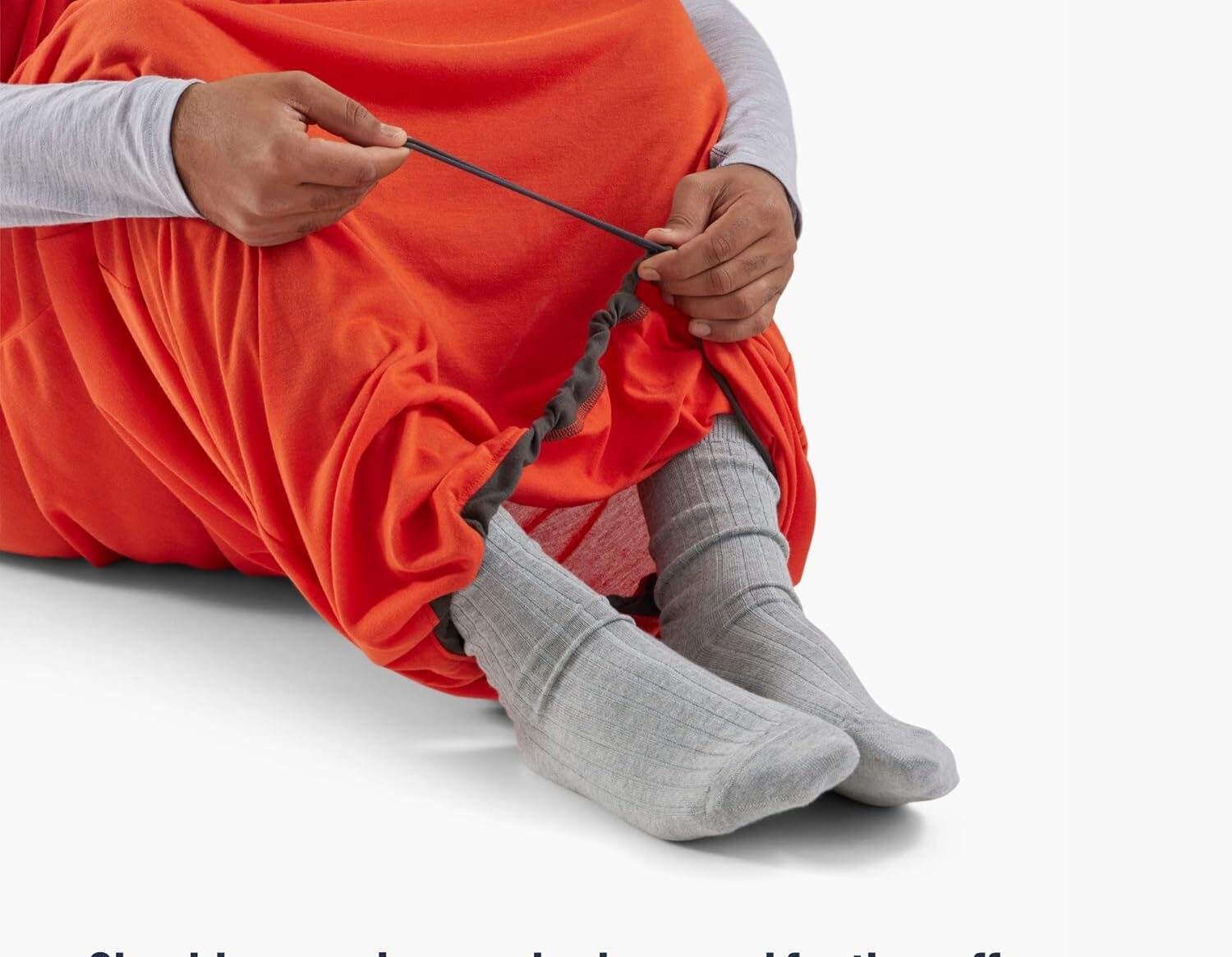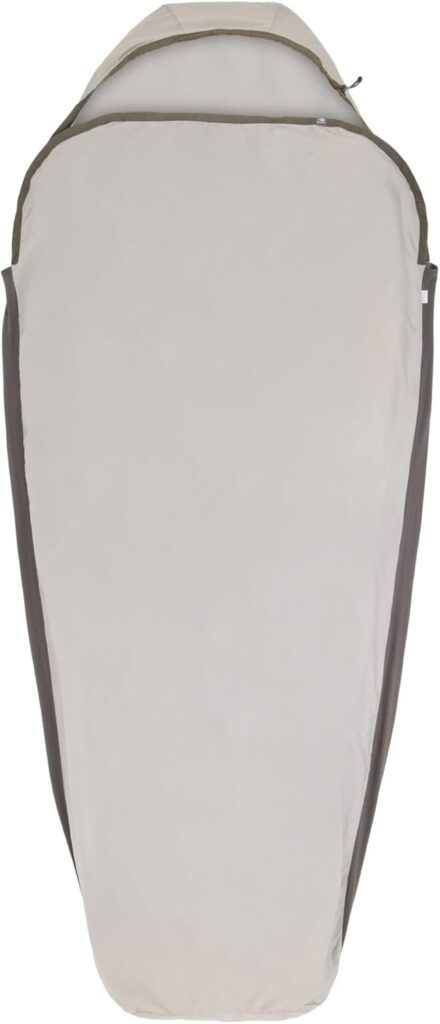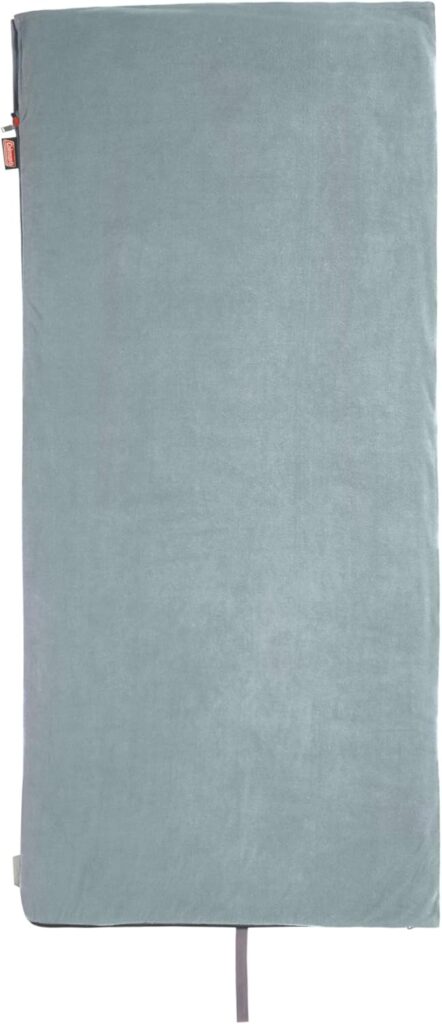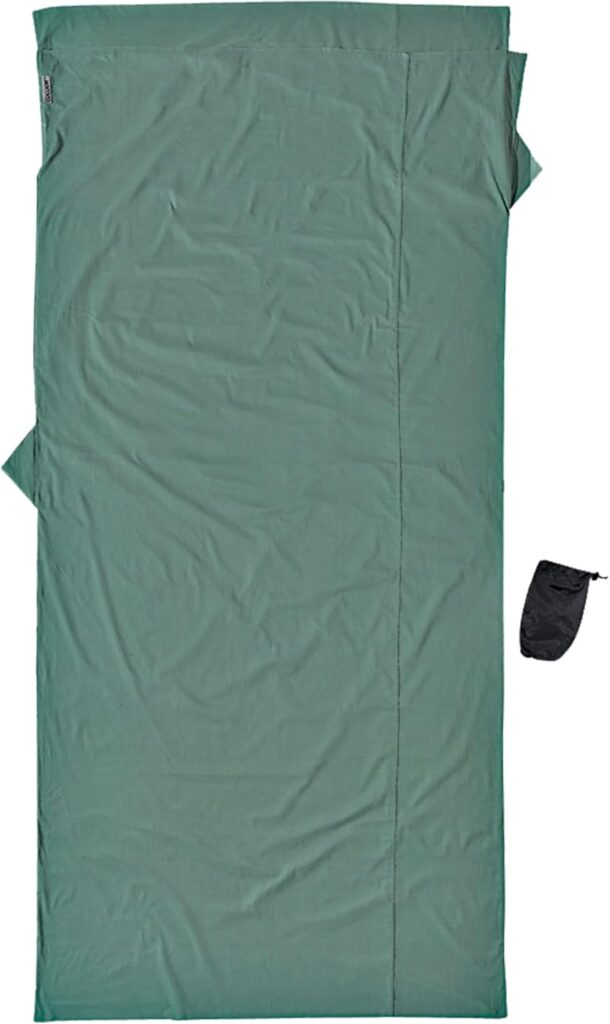<script type="text/javascript" src="http://classic.avantlink.com/affiliate_app_confirm.php?mode=js&authResponse=c4e13e1b9b5acdedad16d533a16f7bf0c234d607"></script>
<script type="text/javascript" src="http://classic.avantlink.com/affiliate_app_confirm.php?mode=js&authResponse=c4e13e1b9b5acdedad16d533a16f7bf0c234d607"></script>

Sleeping bag liners are a simple but essential piece of gear that can increase warmth, improve hygiene, and extend the life of your sleeping bag. Whether you’re backpacking, car camping, or traveling, a quality liner provides added comfort while keeping your sleeping bag clean.
In this guide, we’ll explore the benefits of sleeping bag liners, the different types available, and the best options for various camping conditions. If you’re also looking for a warm and cozy sleeping bag, check out our Best Sleeping Bags for Camping.
A sleeping bag liner is a thin, lightweight fabric insert that fits inside your sleeping bag. It provides:
🔹 Best for versatility: A liner makes your sleeping bag more adaptable to different temperatures.
👉 Pairs well with: Best Cold-Weather Sleeping Bags for extra warmth.
🔹 Best for cold weather: A fleece liner helps keep you warm on freezing nights.
👉 Pairs well with: Best Cold-Weather Sleeping Pads for maximum insulation.
🔹 Best for backpacking: Silk liners are lightweight and breathable.
👉 Pairs well with: Best Ultralight Sleeping Bags for minimalist hikers.
🔹 Best for comfort: Cotton liners feel soft and cozy but are best for casual camping.
👉 Pairs well with: Best Car Camping Sleeping Bags for a home-like feel.
🔹 Best for all-season use: Synthetic liners provide a good mix of insulation and breathability.
👉 Pairs well with: Best Sleeping Bags for versatility.

🔹 Best for winter campers: Significantly increases sleeping bag warmth.
👉 Pairs well with: Best Mountaineering Sleeping Bags for extreme cold.

🔹 Best for lightweight travelers: Keeps your sleeping bag clean without adding bulk.
👉 Pairs well with: Best Ultralight Sleeping Bags for minimal pack weight.

🔹 Best for budget-conscious campers: Great warmth for an affordable price.
👉 Pairs well with: Best Budget Sleeping Bags for a cost-effective setup.

🔹 Best for frequent travelers: Adds comfort and hygiene to any sleeping setup.
👉 Pairs well with: Best Camping Pillows for a cozy sleep.
| Sleeping Bag Liner | Material | Added Warmth | Weight | Best For |
|---|---|---|---|---|
| Sea to Summit Thermolite Reactor Extreme | Fleece | 25°F | 14 oz | Best Overall |
| Sea to Summit Silk Liner | Silk | 10°F | 4.7 oz | Best Ultralight |
| Coleman Stratus Fleece Liner | Fleece | 12°F | 16 oz | Best Budget |
| Cocoon Cotton Travel Liner | Cotton | 5°F | 9 oz | Best for Travel |
🔹 Best for all-around use: Sea to Summit Thermolite Reactor Extreme adds warmth and versatility.
🔹 Best for temperature control: A fleece liner significantly increases warmth.
🔹 Best for pack weight savings: Silk liners are the most compact.
A sleeping bag liner is an easy way to increase warmth, protect your sleeping bag, and improve comfort while camping or traveling.
Looking for more sleeping gear? Check out our Best Sleeping Bags for Camping for a complete setup!